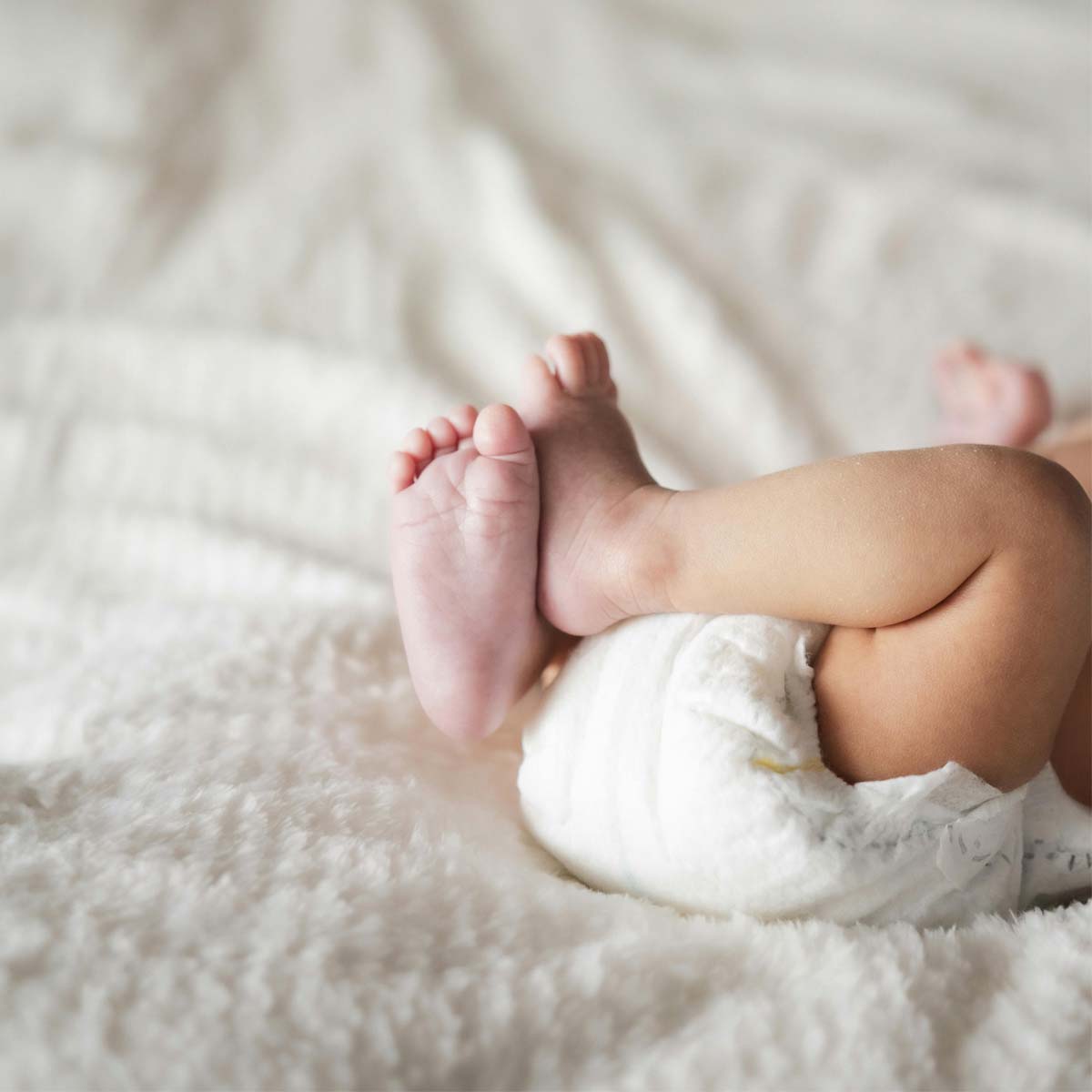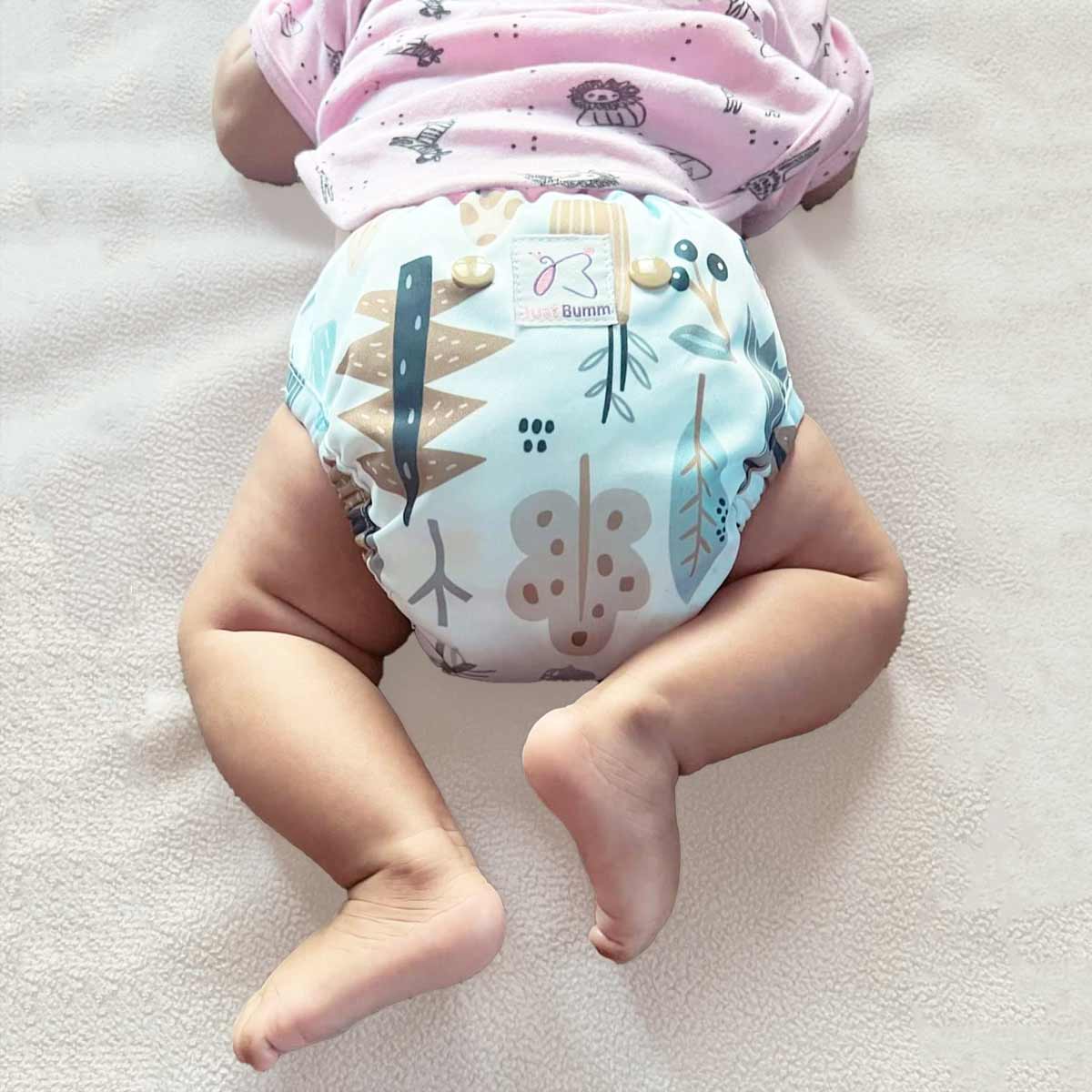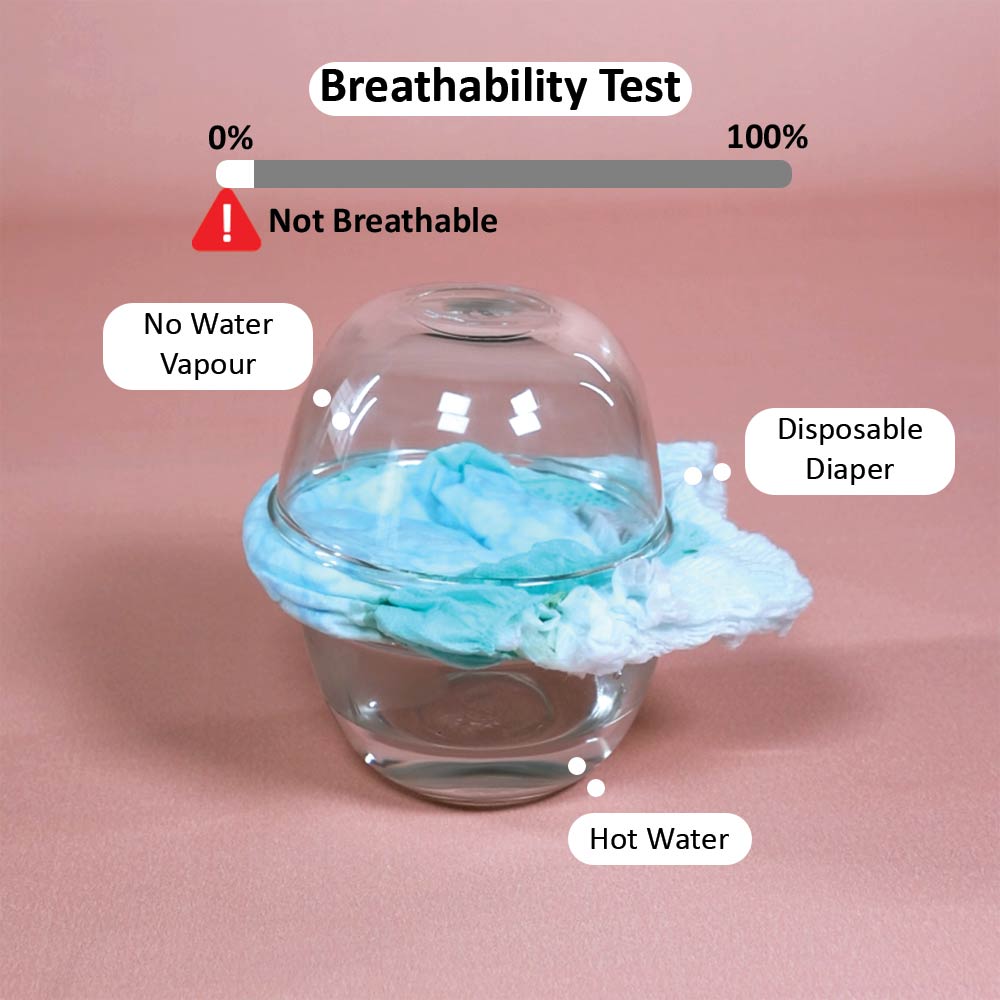Cloth diapering is a popular choice for many parents, offering environmental benefits and potentially better breathability for your baby's delicate skin. However, diaper rash can still occur with cloth diapers. Here's a breakdown of the causes, prevention strategies, and treatment tips to keep your little one comfortable.
Understanding Diaper Rash with Cloth Diapers
While cloth diapers themselves shouldn't cause diaper rash, improper washing routines, material sensitivities, and other factors can contribute to irritation. Unlike disposables, cloth diapers require specific care to maintain their absorbency and prevent buildup that can irritate your baby's skin.
Common Causes of Cloth Diaper Rash:
Detergent Build-Up: Insufficient rinsing or using baby/liquid detergents can leave residue on the diapers, causing irritation. This also affects absorbency.
Yeast Infection: A moist environment can encourage yeast growth, leading to a red, bumpy rash. Always store soiled cloth diapers in a dry, open pail without rinsing. Rinse the pooped ones and squeeze off the excess water. Do not put it together with other used ones.
Material Sensitivities: Some babies may be sensitive to synthetic fabrics like fleece or certain synthetic fabrics like polyester (bamboo, rayon & viscose). Fleece can trap heat and cause heat rash in babies. Especially in hot & humid climates like India. So avoid using such materials when the baby has rashes.
Poor Diaper Fit: A loose or tight diaper can cause chafing and friction against the skin.
- Read - How to Wear Cloth Diapers.
Frequent Wetness: Not changing diapers frequently enough can expose the skin to ammonia in urine and wetness, leading to a rash.
Preventing Cloth Diaper Rash:
Wash Routine: Choose a detergent that has actives, surfactants, and no fragrance. Double rinse your diapers to ensure the complete removal of detergent residue. Although buildup can be removed by bleach/stripping, considering the side effects of using bleach, it is much safer to discard those affected cloth diapers.
Fabric Choice: Opt for natural fibers like organic cotton. Avoid using Fleece when the baby has rashes. If dry, chafing skin accompanied by a rash is present, fleece will aggravate the rashes.
Change Frequently: Change cloth diapers as soon as they are soiled to minimize exposure to moisture and irritants.
Air Dry Diapers: Whenever possible, air dry diapers outdoors or in direct sunlight. This helps eliminate moisture and prevent bacterial growth.
Diaper-Free Time: Allow your baby plenty of diaper-free time on a clean, absorbent surface to air out their skin. You can use a cotton mattress or a 100% Organic Cotton Langot like Kewt Langots or Fluffie. Diaper free time is diaper off time. Be it the freeing from chemicals of disposable diapers or less moisture wicking materials of cloth diapers. Hence a diaper free time product should be free of waterproof & dry feel layers.
- Read - Diaper Free Time For Babies.
Treating Cloth Diaper Rash:
If your baby develops a diaper rash, address the cause and use gentle remedies to promote healing:
Identify and Address the Cause: Is it a detergent issue? Material sensitivity? Once you identify the cause, you can take steps to prevent future occurrences.
Warm Baths: Give your baby lukewarm baths with gentle, fragrance-free cleansers to soothe the irritation. Pat the skin dry instead of rubbing. You may also use warm water rinsing after each diaper change instead of rubbing with wet wipes.
Zinc Oxide Ointment: A pediatrician-recommended zinc oxide ointment can help protect the skin and promote healing. Look for cloth-safe options.
Petroleum Jelly: A thin layer of petroleum jelly can create a barrier to protect the skin from further irritation.
Disclaimer: While this blog post provides information about cloth diaper rash, it is not a substitute for professional medical advice. Always consult your pediatrician for diagnosis and treatment recommendations, especially if the rash is severe, persistent, or accompanied by fever or other symptoms. Not all rashes are diaper rashes. Your first step of remedy should always be consulting Professional medical advice and not self-medicate.
Resources to refer:



Leave a comment
All comments are moderated before being published.
This site is protected by hCaptcha and the hCaptcha Privacy Policy and Terms of Service apply.